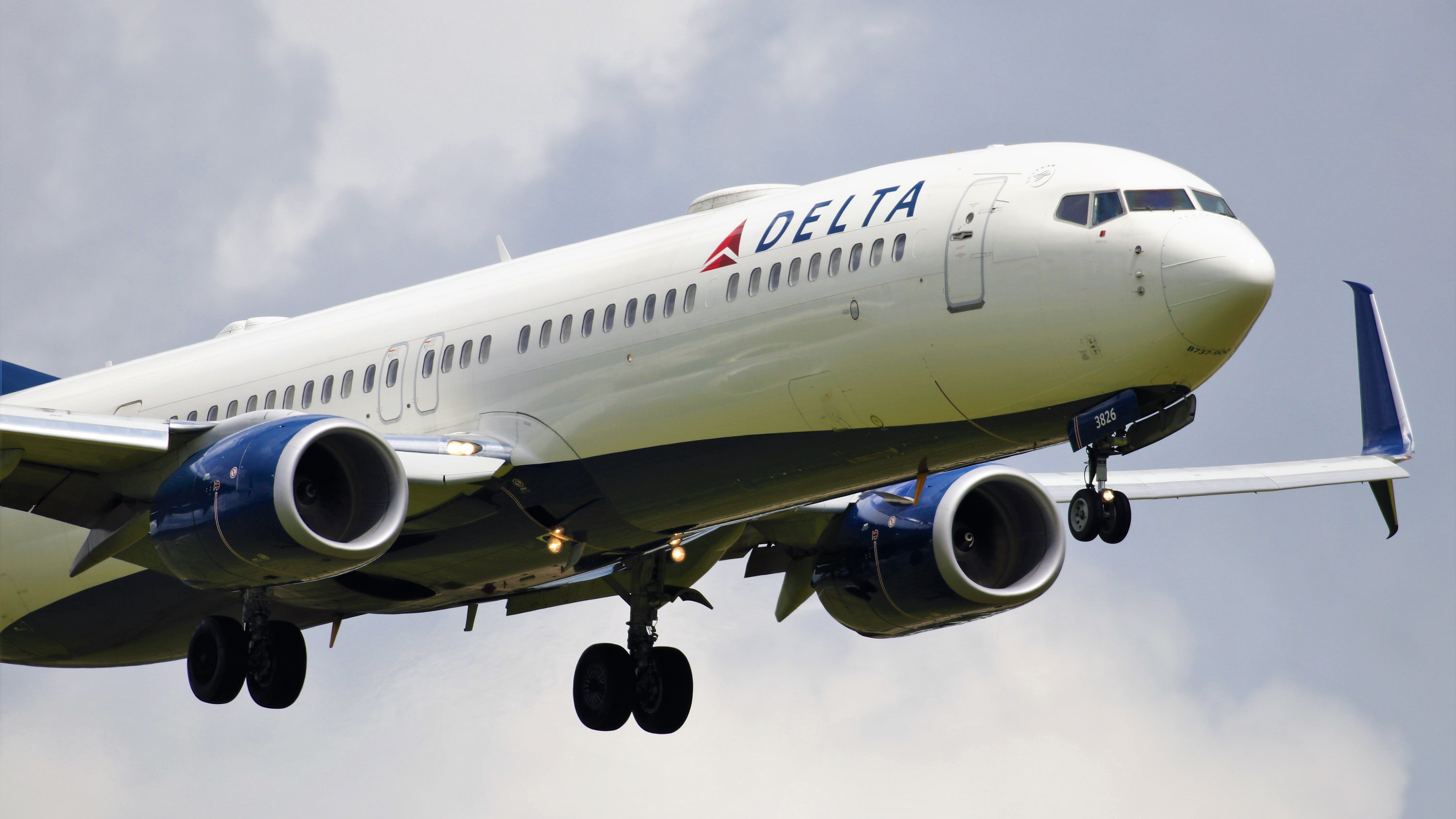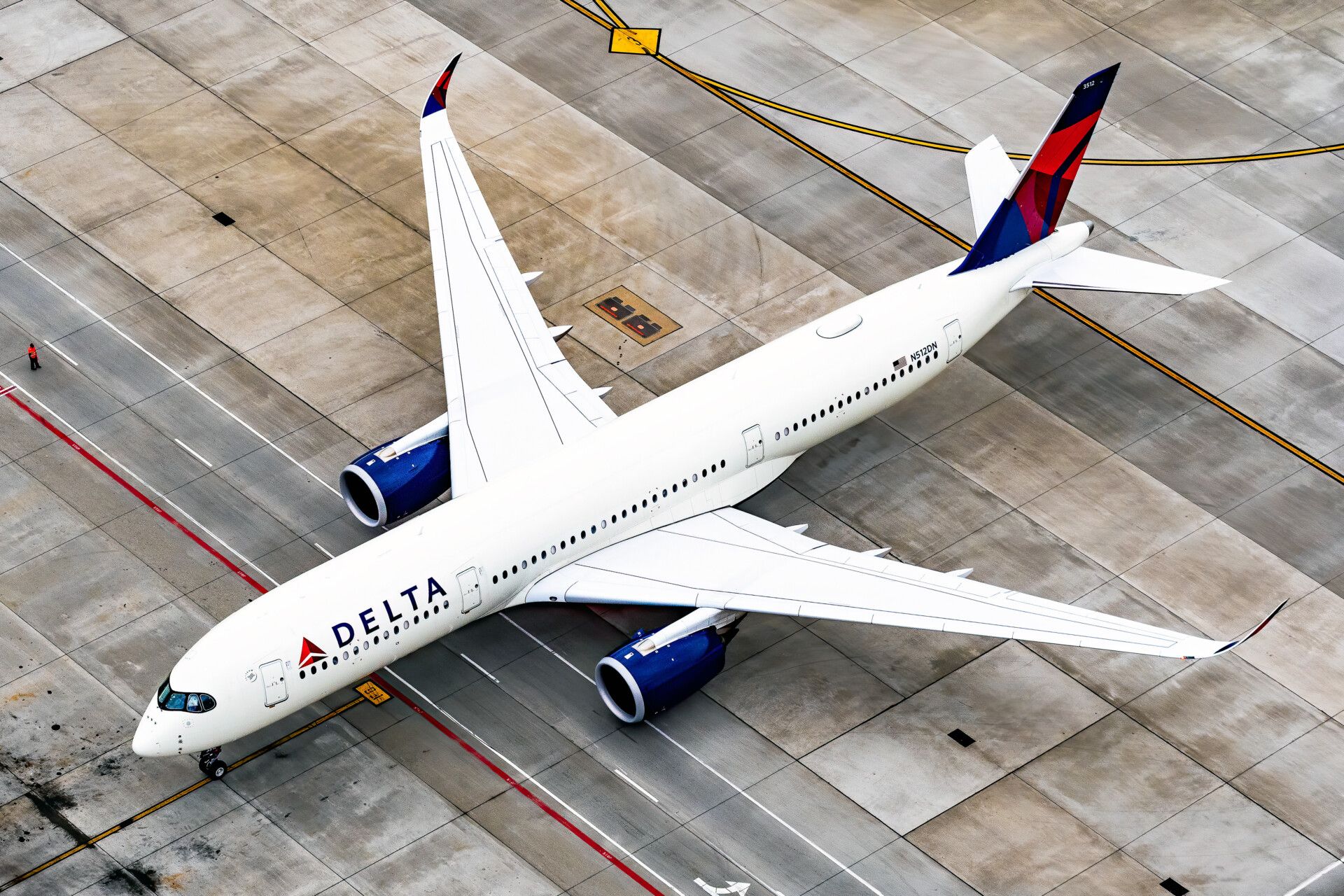Delta Air Lines is undoubtedly one of the world’s most widely recognized carriers. The legacy airline has a truly global presence, providing service to destinations across all inhabited continents. For many, the image of Delta’s iconic triangular logo is one of their first sights of the United States as a whole.
However, the logo did not always look the way it does today, and the iconic image took quite a long time to develop. In this article, we will take a deeper look at the history of the Delta logo, and explore how it has changed over the airline’s near century of operation.
The first logo
While different variations of the logo existed across different decades, the first officially recognized logo (as per the Delta Flight Museum in Atlanta, Georgia), appeared in 1929. This logo took the triangular shape of the airline’s iconic logo but did so under the name Delta Air Service.
Photo: Delta Flight Museum
Greek symbology has long been important to Delta’s iconography and is well represented in the original 1929 logo. Within the triangle is the image of the Greek god Hermes, the messenger god of the Greco-Roman pantheon. Hermes sports a winged helmet, the only portion of the logo that extends beyond the bounds of the triangle.
Classical themes continue to have a presence in Delta’s iconography today. The triangular shape is reminiscent of the third letter of the Ancient Greek alphabet, Delta, which is where the carrier’s name originates. The term is also used to describe airline wings, which can bear a similar triangular shape.
The logos of the 1950s
The next major set of innovations in logo design occurred in the 1950s and saw the disappearance of Mercury. However, the leftward-facing wings of the Greek god’s helmet did remain.
Photo: Delta Flight Museum
While not just one design was used during this period, all followed roughly the same format. Additionally, the airline’s name changed from “Delta Air Service” to the “Delta Air Lines” that we know and love today.
The logos from the 90s
The next major period of transformation in Delta’s logo occurred during the 1990s. During this period, the image transformed into something far closer to what it looks like today.
Photo: Delta Flight Museum
During this period, the logo began adopting the traditional double triangle shape that we are accustomed to today. Nonetheless, the logo was different, lacking today’s trademark red color.
Delta’s logo today
Today’s logo has been in use since 2007 and is the only logo used by the company since the carrier’s merger with Northwest Airlines on 15 April 2008. Unlike in the former years of Delta’s history, there has been no variation in the logo since nearly a decade and a half ago.
Photo: Wspin | Shutterstock
Across the globe, Delta aircraft fly with the logo prominently featured on their fuselages and tails. Not only does the logo appear on planes, but also appears on American Express credit cards owned by over 7.5 million customers, as reported by View from the Wing. The logo also appears on the Delta Center, the home of the Utah Jazz, for whom the airline is a major corporate sponsor.








